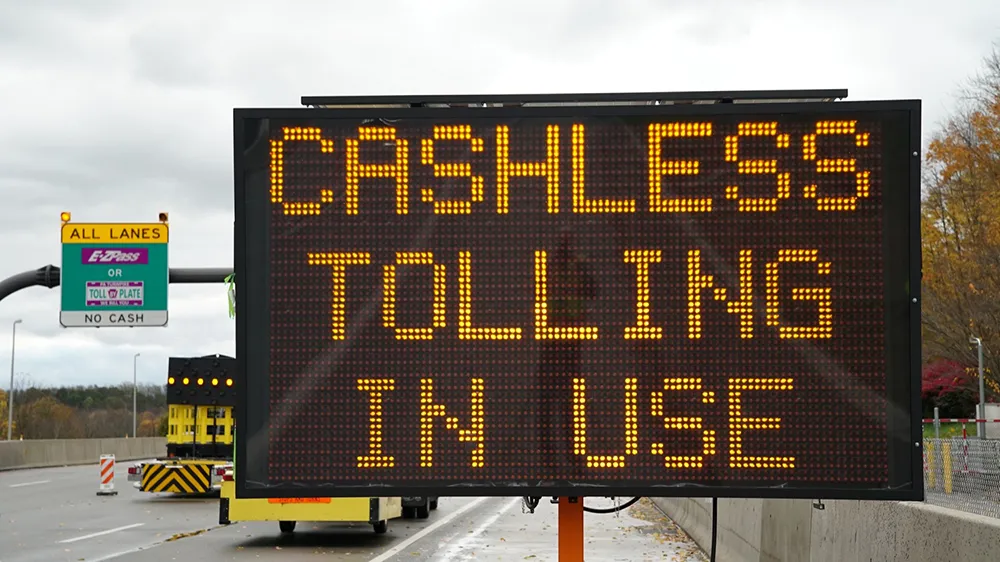The
The US$268,724 purchase of radar traffic counters, auxiliary system and software will be made from Signal Services of West Chester, Pennsylvania through the Pennsylvania Department of General Services COSTARS Program.
The Commission collects traffic counts to make data-driven decisions related to budgeting, maintenance and long-term capital improvements.
The current traffic counting system is roughly 20 years old and uses an inductive loop detection system to count vehicles as they drive over the loops. Collected data is stored on local servers at each bridge and daily traffic totals are then fed into a centralised database over land telephone lines.
The new system uses non-intrusive microwave radar technology coupled with new auxiliary equipment, servers and software to collect data, which will then be transmitted via cell tower technology to the central database.
The Commission believes the new system will improve reliability and accuracy and allow for easier maintenance.
Upgrade for traffic counting system on Delaware bridges
The Delaware River Joint Toll Bridge Commission recently approved the purchase of new technology and software to replace the aging traffic counting system at the agency's 18 road bridges. The US$268,724 purchase of radar traffic counters, auxiliary system and software will be made from Signal Services of West Chester, Pennsylvania through the Pennsylvania Department of General Services COSTARS Program. The Commission collects traffic counts to make data-driven decisions related to budgeting, maintenance an
April 29, 2016
Read time: 2 mins










